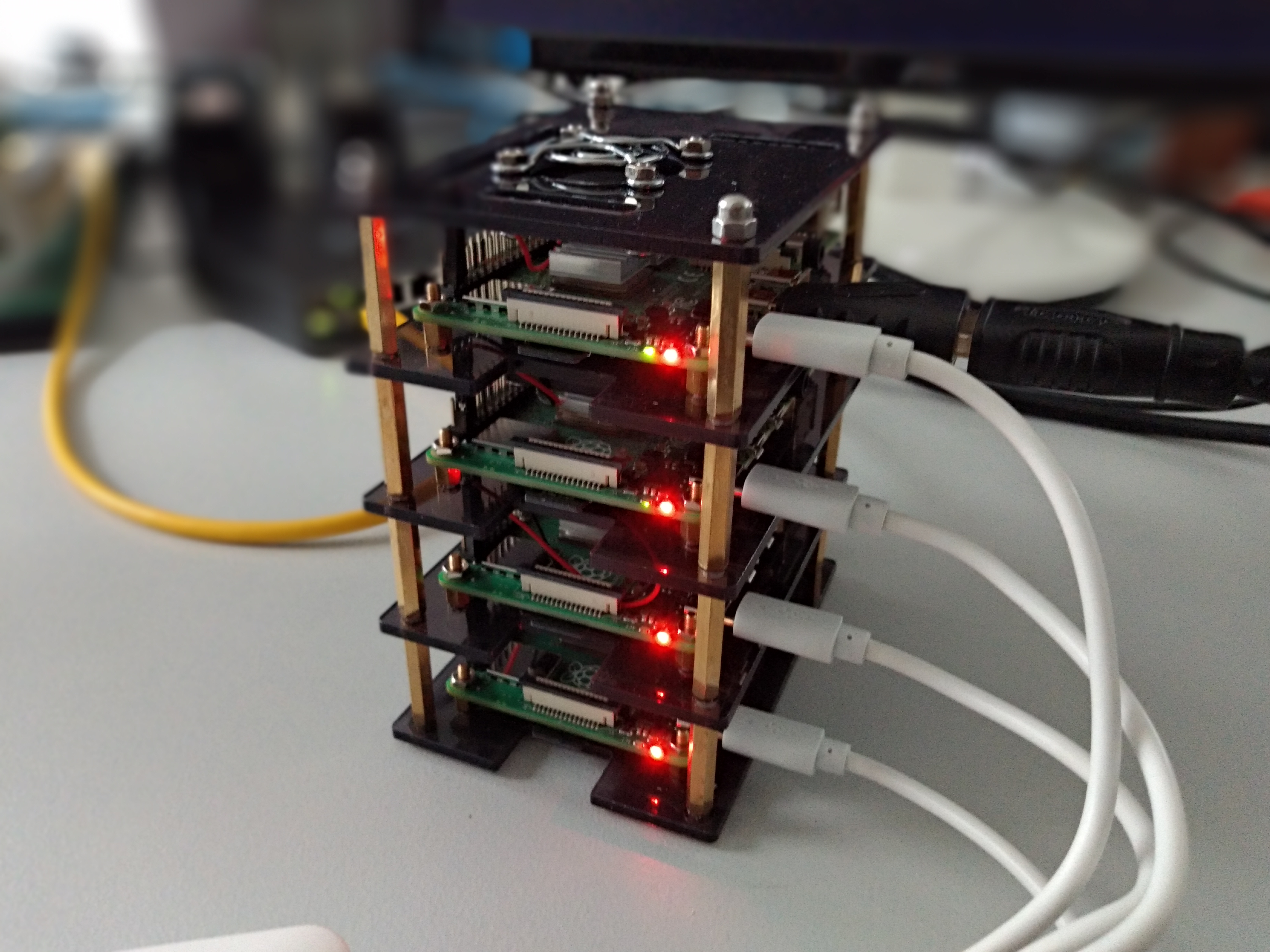Homekube.org aims to set up a full operational kubernetes environment on a baremetal Ubuntu server. The focus is getting something done first and improve your kubernetes skills step by step along a happy path.
Following this tutorial you should have Kubernetes and a sample application installed along with the most useful and popular administration components on your local Ubuntu server(s):
| App |  Tutorial Tutorial |
 Service (AMD64) Service (AMD64) |
 Service (ARM64 /Raspberry) Service (ARM64 /Raspberry) |
|---|---|---|---|
| 'Who am I' echo service |  whoami.md whoami.md |
 live live |
 live live |
| Kubernetes dashboard |  dashboard.md dashboard.md |
 login demo/demo login demo/demo |
 login demo/demo login demo/demo |
| Grafana monitoring |  grafana.md grafana.md |
 login demo/demo login demo/demo |
 login demo/demo login demo/demo |
| Prometheus metrics |  prometheus.md prometheus.md |
 live live |
 live live |
| Testing payloads and response times |  workload-testing.md workload-testing.md |
 Grafana open 'Request Handling Performance' Grafana open 'Request Handling Performance' |
There are many ways to install Kubernetes locally but for simplicity we'll follow Ubuntu's recommended  MicroK8s installation recipes.
With just a few commands we will setup a Kubernetes single node locally. For all further installs we'll primarily use helm commands so we are very close to what you'd do in a cloud environment.
For more complex setups including Multi-Host Multi-Cluster on a pile of Raspberrys see also the
MicroK8s installation recipes.
With just a few commands we will setup a Kubernetes single node locally. For all further installs we'll primarily use helm commands so we are very close to what you'd do in a cloud environment.
For more complex setups including Multi-Host Multi-Cluster on a pile of Raspberrys see also the  installation variants.
installation variants.
Server requirements are:
- A 64bit PC or arm64 (e.g. Raspberry 4) or a Virtual Machine on any supporting OS
- An Ubuntu 20.04 LTS (18.04 LTS or 16.04 LTS will do also or alternatives linux distros supporting snapd)
- At least 20G of disk space and 4G of memory are recommended
- An internet connection
 Installation ->
Installation ->
 Dashboard ->
Dashboard ->
 Helm I ->
Helm I ->
 Helm / Echo Service ->
Helm / Echo Service ->
 Echo service II
Echo service II
Quick tour ->
 Ingress ->
Ingress ->
 Dashboard II ->
Dashboard II ->
 Nfs ->
Nfs ->
 Prometheus Metrics ->
Prometheus Metrics ->
 Grafana
Grafana
Advanced tour ->
 Cert manager ->
Cert manager ->
 Testing response times and payloads
Testing response times and payloads
